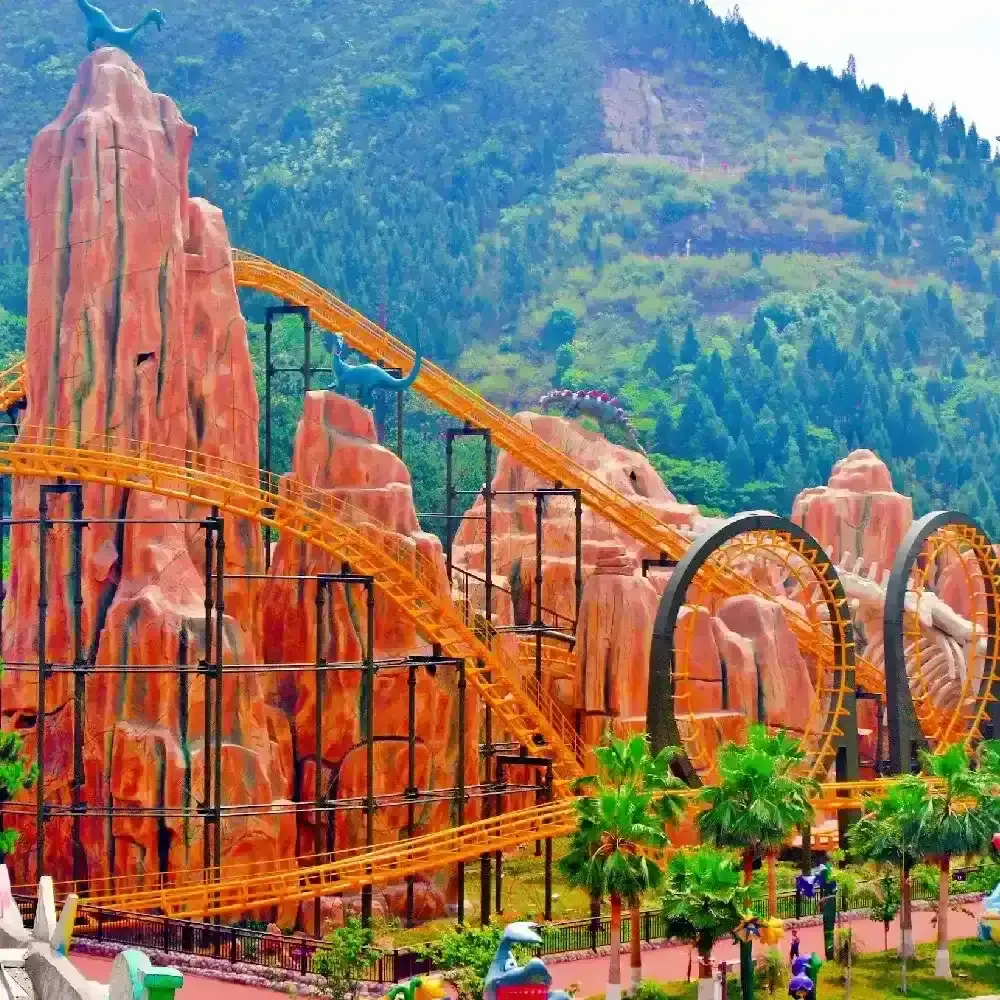- Albanian
- Arabic
- Belarusian
- Bengali
- Czech
- English
- French
- German
- Hebrew
- Hungarian
- Indonesian
- irish
- Italian
- Japanese
- kazakh
- Persian
- Russian
- Thai
- Uzbek
- Vietnamese
Creating an Engaging Experience with a Digital Roller Coaster Simulation Design
The Thrill of Virtual Roller Coasters A Digital Adventure
The world of entertainment has evolved significantly over the years, transcending traditional boundaries and creating immersive experiences that were previously unimaginable. Among these innovations, virtual roller coasters stand out as a thrilling blend of technology and amusement. These digital rides not only captivate those who seek adrenaline-pumping experiences but also offer a glimpse into the future of amusement parks and virtual reality.
Virtual roller coasters are designed to simulate the physical sensations of a traditional coaster ride without the need for physical tracks. Utilizing state-of-the-art technology, such as virtual reality (VR) headsets and motion simulation, they transport riders into a digital realm where gravity-defying loops, speedy drops, and hairpin turns become a reality. This new form of entertainment appeals not only to thrill-seekers but also to families and individuals who may not have access to amusement parks.
One of the most compelling aspects of virtual roller coasters is their ability to offer a unique and customizable experience. Riders can choose from a wide variety of settings and themes, from fantastical landscapes filled with dragons and mythical creatures to futuristic cities that defy the laws of physics. This personalization aspect enhances engagement, making each ride feel fresh and exciting, even for repeat visitors.
Furthermore, virtual roller coasters are not limited to a specific location. Unlike traditional amusement parks that require extensive land and resources, virtual rides can be set up in various environments, from arcades and entertainment centers to home theaters. This accessibility opens up a world of possibilities, allowing more people to indulge in the exhilarating experience of roller coasters, regardless of their geographical location.
The immersive nature of virtual roller coasters is another significant advantage. With advanced graphics and sound design, these rides create an experience that feels incredibly real. Motion sensors and high-quality sound systems mimic the feel of wind rushing past, the screams of fellow riders, and the mechanical sounds of the coaster itself, enhancing the illusion. This level of immersion not only provides entertainment but also creates a shared experience among participants, fostering camaraderie and shared excitement.
virtual roller coaster

As technology continues to advance, the potential for virtual roller coasters becomes even more expansive. Developers are constantly exploring new ways to enhance the realism of these rides. Future innovations may include haptic feedback systems that simulate the feeling of acceleration and deceleration or augmented reality features that allow riders to interact with their environment in real-time. These advancements could further blur the lines between reality and the virtual world, offering an even more exhilarating experience.
Moreover, virtual roller coasters have the potential to address one of the significant drawbacks of traditional amusement parks long wait times. In a virtual setting, riders can bypass lengthy queues by hopping from one ride to another with just a virtual click. This convenience is especially appealing to those who may have limited time to experience thrilling attractions.
However, despite the many advantages, there are challenges that come with virtual roller coasters. Some individuals may experience motion sickness or discomfort when using VR headsets, which could deter them from enjoying the experience fully. Therefore, developers must prioritize user comfort and safety as they create these immersive rides.
The rise of virtual roller coasters also raises questions about the future of physical amusement parks. As more people embrace digital experiences, traditional parks may need to adapt by incorporating virtual components into their attractions, ensuring they remain competitive in a rapidly changing entertainment landscape.
In conclusion, virtual roller coasters represent a thrilling intersection of technology and entertainment. They offer an immersive, customizable experience that makes heart-pounding rides accessible to a broader audience. As technology continues to advance, the possibilities for these digital adventures are virtually limitless. Whether as a standalone attraction or an enhancement to traditional amusement parks, virtual roller coasters promise to redefine what it means to experience excitement and adventure in the digital age. The future of thrills might just be a headset away, waiting to take us on a ride like no other.
-
Flume Ride-Hebei Zhipao Amusement Equipment Manufacturing Co., Ltd.|Thrilling Water Attraction&Customizable DesignJul.30,2025
-
Flume Ride - Hebei Zhipao Amusement Equipment | Water Coaster, Thrilling DescentJul.30,2025
-
Flume Ride - Hebei Zhipao | Thrilling Water AttractionJul.30,2025
-
Flume Ride: Thrilling Water Attraction by Hebei Zhipao|Log Flume Manufacturers&Flume Ride DesignJul.30,2025
-
Flume Ride-Hebei Zhipao Amusement Equipment Manufacturing Co., Ltd.|Thrilling Water Coaster, Safe DesignJul.30,2025
-
Flume Ride-Hebei Zhipao Amusement Equipment Manufacturing Co., Ltd.|Thrilling Water Attraction, Safe DesignJul.30,2025
